Good coffee is not just espresso: new changes in the coffee wave
The possibility of having a delicious coffee in the corner of the house, eight years ago was remote. The coffees that offered quality could be counted on the hand and saying barista sounded like magic. Luckily, on this October 1, International Coffee Day, in Argentina we can toast with caffeine served in specialty coffee cups.
Ethiopian herder Kaldi would be hugging his goats if he knew that, two centuries after they discovered the fruit of the coffee tree, coffee has now become the most consumed drink after water
This consumption was always associated with coffee as “warmth of home”, on the one hand, and with the poor quality of the cups from the restaurants that arrived after the meal; where before the phrase "a coffee and the bill", you preferred that the bitterness of the cup be worse than the number of the ticket.
But luckily, today this has radically changed.
Coffee consumption at home is becoming increasingly professional, with technological and precise demands on how you want to drink. As well as, the new "coffee lovers" let themselves be carried away by the paths offered by the security of the barista and they only dedicate themselves to enjoying their delicious coffee.
Coffees that until a decade ago arrived as cheap beans to be roasted - roasted with sugar - and thus mask their defects, today, both the black gold fundamentalists and the more traditional coffees know that people have learned and that, above all, he wants quality
And quality comes from the source, whatever the country, specialty grains that, luckily, in Argentina, we have more and more proposals.
New origins
In recent times, the local offer has been joined by the volcanic ones from the Guatemalan highlands, the monsoonal ones from India, the organic high altitude ones from Peru, those that offer multiple fermentations and flavors of different regions of Brazil, floral from Colombia, complex as in Kenya.
The list is endless because, regardless of the producing country, the flavor of the drink will vary according to the production method used by each coffee farmer on his or her farm. And that also depends on the terroir conditions of each region. Thus, coffees are not only differentiated by their origin but also by their manufacturing process or benefit: washed, natural, honey, among the most used.
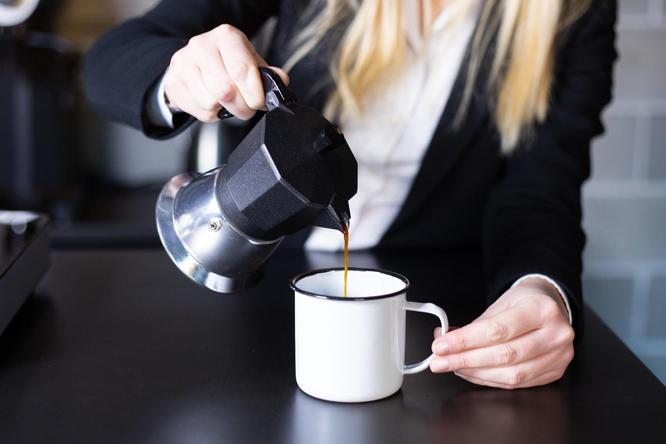
When trying these origins and processes, many cafeterias advertise them in their hopper, or they are part of the house blend, as well as roasted beans to take home with you in the room.
The dilemma of milk
We are not going to go into the subject of sweetening, since, if a coffee is balanced and of quality, it must have a body, acidity, sweetness and bitterness so balanced, which is worth trying before deciding on the sugar option.
But what about the milk. Before those who dramatize the issue, the answer is that "it depends". It is true that there are coffees with certain characteristics so special that, when added milk, not only would they lose their flavor, but the milk would also turn it into an unbalanced drink with an ugly final taste.
However, there are some regions that have ideal sensory profiles to combine with milk or vegetable drinks, especially if you choose to roast and grind the bean to prepare it as an espresso coffee. A method that achieves greater volume and intensity in the mouth than in a filtered coffee.
New concepts in cafeterias
Another of the latest variations are the new proposals in specialty cafeterias. After almost a decade of work, from his fervent predecessors, the first most seasoned baristas; Today's coffee shops no longer need to explain too much to the customer about the specialty coffee, or why their espresso goes to the handle and not to the top, or that the cappuccino is not with cream and cinnamon.
Current proposals can develop your concepts and add experiences to the unique moment of sipping the lovely coffee. Trash, cute, nude, veggie, pink, oriental aesthetics, with different options to accompany drinks, and which also includes high-quality pastries, food from around the world, as well as fresh and even salty options to accompany coffee.
Proposals where the specialty already enters directly and without explanation, but that offer aesthetics designed to be “instagrammable” on social networks. There is nothing more “cute” than the tabby crema of a perfect espresso; a charming capu in a ceramic bowl; or the precision of the drawing and the brightness of the milk in a latte art on a designed and colored table; a bar of brilliant methods for making filtered coffees, as well as the wonder of an ad hoc customized espresso machine.
The subject of training
It is one thing to want to do a workshop or a tasting or coffee course and enjoy it to share with friends, something fun and enriching to learn and learn about the world of coffee. But another thing is wanting to be a barista. For the latter, a workshop is not enough.
When recommending where to train as a barista, it is best to ask the specialty coffee shop that has been open the longest in your neighborhood. They surely know the most qualified baristas so they can give you classes. Because in this fanaticism of the coffee culture, we are all baristas, but much more remains to be learned.
A barista course is not the job, it takes a lot of practice and research; and, about learning to be modest. Something that happens only when we recognize that we know very little about coffee.
What's to Come
Just as good coffee shops have arrived closer to home, so have roasters offering certain special batches. And on this “special” train, some commercial brands began to offer their options, which, with greater or lesser quality, also entered the new coffee wave as players.
Now, the newest thing of all, is what is happening in some stores in Japan, where they offer the beans roasted minutes before they are ground and served. This makes it possible for the customer to choose the more or less clear profile of the roasting of the grain that will be part of the filtered coffee produced almost at the moment. Something that, luckily, brings us closer and closer to the origin.
Consumption multiplied with delivery
According to data from the PedidosYa platform, more than 2 million coffee orders were placed in Latin America during 2021, which showed a growth of 150% compared to the previous year. 2020. And almost the same percentage, is what represents the increase in consumption taking only our country. Coffee orders placed so far this year exceed 1.1 million.
In the top 5 of the most requested, the ranking is headed by coffee with milk or latte; followed by the dulce de leche latte; vanilla cappuccino and mocha latte


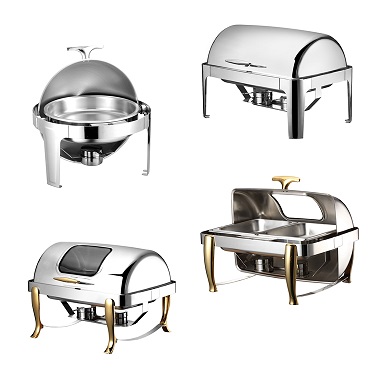



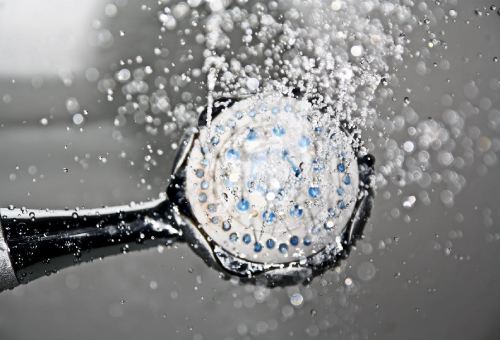
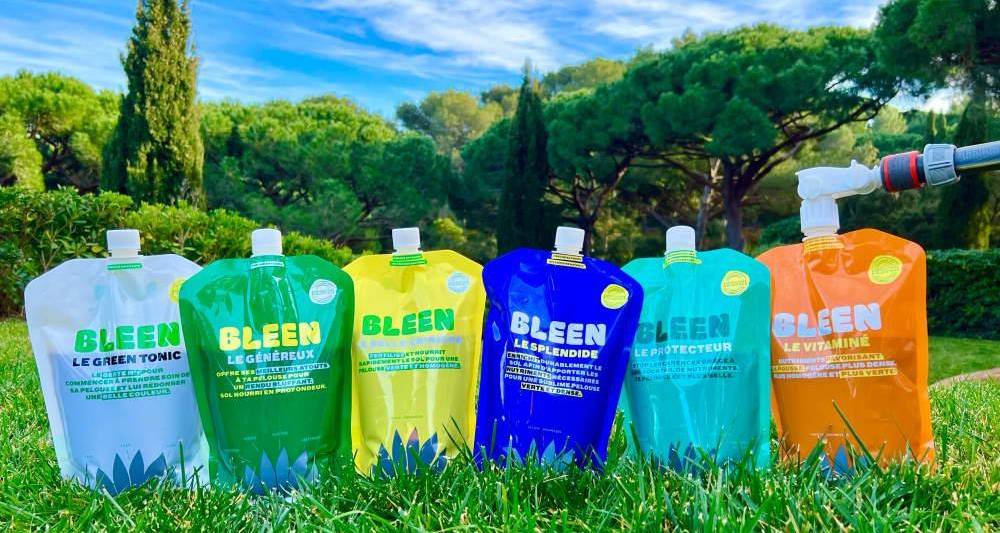
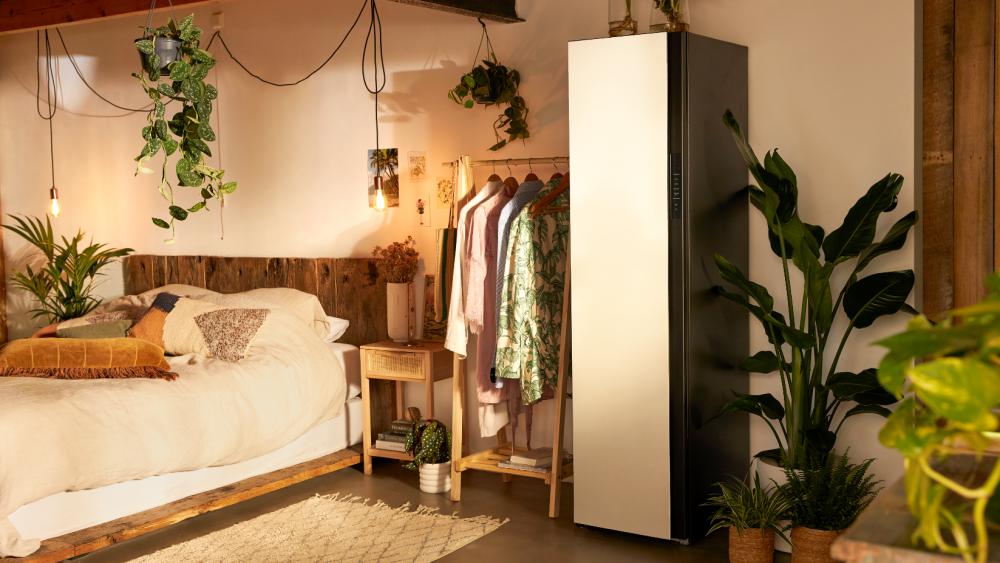
3901